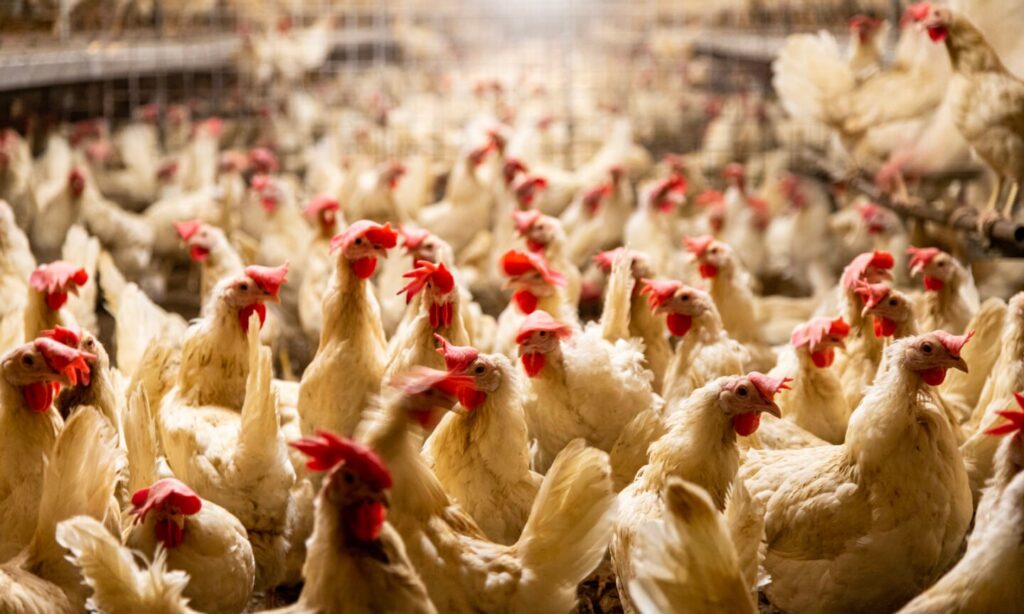[ad_1]
Egg prices are on the rise at the most inconvenient time of the year. As holiday bakers push demand for eggs to its annual high, farmers battle the resurgence of a highly contagious and deadly bird flu that’s claimed roughly 5% of the U.S. flock of egg-laying hens in just three months.
Since October, multiple outbreaks spanning six states, including Arizona, California, Iowa, Oregon, Utah and Washington, affected nearly 16.7 million egg-laying hens. Because of where the outbreaks occurred — in multiple states whose animal welfare laws require eggs produced or sold there come from cage-free hens — they’ve had an outsized impact on the supply of cage-free eggs.
As a result, grocery shoppers living in certain states and frequenting particular stores are especially likely to face higher prices, quantity restrictions and temporarily bare shelves.
Get started with budget planning
Check your current spending across categories to see where you can save
Any apparent shortages should be short-lived, says Marc Dresner, communications director with the American Egg Board, a trade organization representing egg farmers. “Our expectation is that any out-of-stocks at the shelf will be temporary, and farmers are working very hard to replenish those stocks.”
At this point, Dresner says, the industry knows how to move eggs to where they’re needed most. “Our farmers are, unfortunately, the beneficiaries of experience when it comes to bird flu.”
What’s causing the price hikes?
Since January 2022, egg producers have struggled against H5N1, a highly transmissible and fatal strain of avian influenza that has affected more than 94.3 million egg-laying hens, according to data from the U.S. Department of Agriculture’s Animal and Plant Health Inspection Service. The virus comes and goes in waves, in part because it’s being passed by infected wild birds as they migrate.
When an outbreak occurs, egg producers are forced to cull their flocks, which impacts the supply of eggs headed for grocery stores. In November, the total population of egg-laying hens in the U.S. was 3.1% smaller than it was a year ago.
Generally, as supplies tighten, egg prices rise. The average cost of a dozen Grade A large eggs was $3.65 in November, according to data from the U.S. Bureau of Labor Statistics. That was up 8.2% from the previous month and 37.5% from November 2023.
Meanwhile, the average price of a dozen cage-free eggs was $4.08 as of Nov. 30, according to Nielsen market data provided by the Egg Board. Cage-free prices were up 9% compared to the previous month and 30% compared to a year ago.
Why are cage-free eggs affected most?
Bird flu has had a disproportionate impact on cage-free egg layers in 2024. About a third of U.S. egg layers are cage-free hens, but they’ve contributed nearly 60% of all bird flu cases so far this year.
Not only is the supply of cage-free eggs down, but state laws and retailer restrictions limit options for sourcing replacements. Five states, including California, Massachusetts, Nevada, Oregon and Washington, have laws in place that ban the production and sale of conventional eggs for animal welfare reasons. Retailers like Trader Joe’s and Whole Foods have made similar commitments.
Differences in state laws can even make it tricky to change cage-free egg suppliers, says Dresner.
The challenges around the cage-free egg supply could continue in the new year when three more states — Arizona, Colorado and Michigan — see cage-free egg laws take effect.
[ad_2]
Source link

